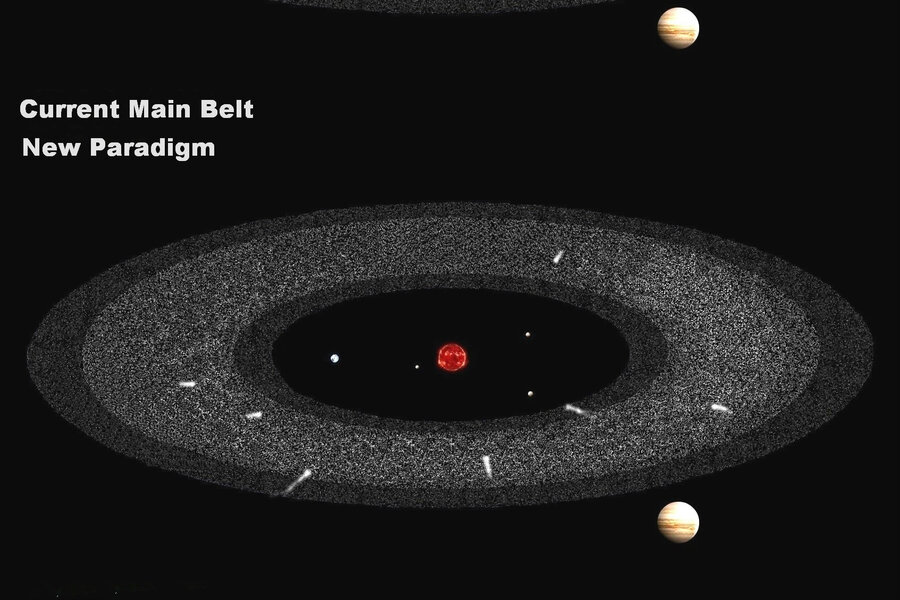Lazarus comets spring to life in comet graveyard
Loading...
Astronomers in Colombia have found a massive cemetery of comets in the main asteroid belt between Mars and Jupiter – but not all of those comets are still dead.
Dubbed the Lazarus comets, after the biblical figure risen from the dead, the dozen objects are the risen-again residents of a newly discovered graveyard packed with defunct comets that could revise scientists’ understanding of comet origins.
Comets, so-called "dirty snowballs" of ice and rock, fizzle off gas as they are warmed by the sun as they plunge through space. The comet's gas tail, a stream of water vapor and other volatile materials – always points away from the sun, regardless of where the comet itself is headed.
Astronomers believe that comets come from the Kuiper Belt, a region far out beyond the planets, and the Oort Cloud, a hypothesized region just at the edge of the solar system. Asteroids are believed to come from the solar system’s interior, near the sun, and populate a region stretching from Mars to Jupiter – a dumping ground of sorts for rubble torn from planets or material that never quite became a planet.
But over the last few years, 12 active comets have been found in that region. Called the asteroidal belt comets, or ABC comets, those comets have presented a problem to scientists: where did those “alive” comets, anomalies amid thousands of comparatively languid rocks, come from?
Now, the scientists believe that the asteroid belt is home to a comet graveyard where thousands of comets that once zipped through space are interred, after over millions of years of burning off most of their water and “dying.” The dozen active comets are residents of that graveyard brought back to life, after Jupiter’s gravity pushed their orbits just close enough to the sun for their temperatures to rise slightly and their life to re-kindle.
"These objects are the 'Lazarus comets', returning to life after being dormant for thousands or even millions of years,” said Ignacio Ferrin, a professor at the University of Anitoquia, in a release. “Potentially any one of the many thousands of their quiet neighbors could do the same thing.”
The comets are described in the Monthly Notices of The Royal Astronomical Society.
The Lazarus comets join a roster of space objects named in honor of just how much is unknown about them. Pluto’s collection of moons, the two most recent of which were named last month, fittingly take their titles from the Greek underworld, where few living mortals have ever been. Then, zooming in toward the sun a few billion miles, there are the centaurs, named after the half man and half horse of Greek mythology. Until last week, scientists didn’t know if the strange objects were comets or asteroids, and had settled on calling them a hybrid. Turns out, most of them are comets. As for the others – well, that’s still unknown.








